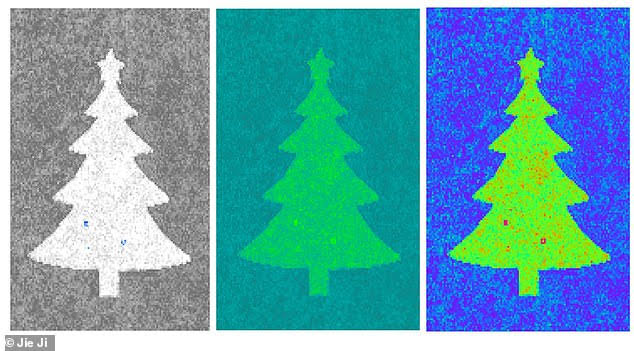A Christmas tree with a thickness of one atom has been made at Technical University of Denmark (DTU). It shows how terahertz measurements can be used to ensure the quality of graphene, wrote the statement issued by the university.
The Christmas tree is 14 centimetres tall and because it is constructed of graphene, it only has one layer of carbon atoms and is only a third of a nanometre thick. It is cut from a 10-meter roll of graphene, laminated in one piece with a redesigned lamination machine, and then scanned with terahertz radiation.
According to the statement, the work demonstrates that continuous quality control can be accomplished during graphene synthesis, which is likely to play a crucial role in future high-speed electronics, such as medical instruments and sensors.
New Atlas wrote that a one-atom-thick layer of carbon atoms is bonded together in a honeycomb arrangement to make graphene. It’s the world’s thinnest and strongest man-made substance, as well as being extremely electrically and thermally conductive and impervious to water.
Because of these properties, it can be used in a wide range of applications, including batteries, electronic devices, and high-strength composite materials. However, assuring its quality while making it on a commercial scale is a challenge. It was for this reason that the Christmas tree was created.
Professor Peter Bøggild, team lead of Christmas tree experiment, said “But behind the Christmas joke hides an important breakthrough. For the first time, we managed to make an in-line quality control of the graphene layer while we transferred it. Doing this is the key to gaining stable, reproducible and usable material properties, which is the prerequisite for utilising graphene in, e.g. electronic circuits.”
According to the researchers, graphene and other two-dimensional materials have a lot of potential, and can be used to make high-speed electronics that do lightning-fast calculations with significantly less power usage than current technology. However, before graphene can be widely used on an industrial scale and in electronics, three major issues must be addressed in everyday life.

